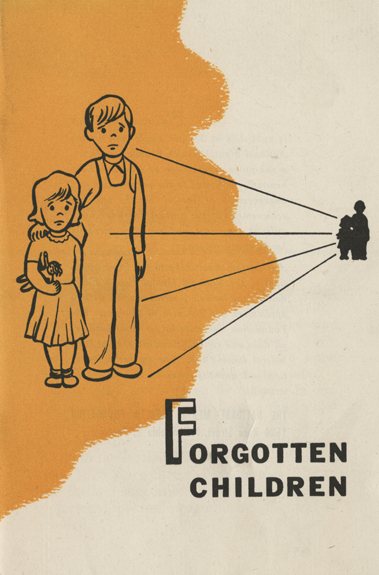Conclusion
It is tempting to believe that the eugenics movement fell out of favor at the end of World War II with the disclosures of the extent of the racial extermination programs in Nazi Germany, but historians have taken a much more nuanced view, and the story is more complex. By the 1930s, there was a considerable and growing mistrust of the validity of eugenics research, and Davenport and others were criticized for having an imperfect understanding of the Mendelian laws of heredity. As the science of genetics began to come to prominence, the over-simplified views of the eugenicists could not be maintained. Many of the prominent leaders and supporters of the movement—the first generation of Galton’s children—died in the 1930s, and there were no followers to take their place. Charles B. Davenport retired in 1934 but continued his research at Cold Spring Harbor until his death. Paul Popenoe and Roswell Johnson turned their attention to issues of birth control and sex education, forming the Institute of Family Relations to provide premarital counseling in California. Medical schools began to turn their attention from eugenics to genetics and the study of the hereditary bases for diseases from a scientific, rather than a social, perspective. In 1939, the Carnegie Institution reformulated the Eugenics Record Office as the Genetic Record Office. The Dight Institute, organized by the will of Charles F. Dight at the University of Minnesota, assumed responsibility for all the research data and family studies of the Office and formed a clinic to counsel couples on issues of hereditary and congenital diseases.
But did eugenics ever really disappear? Many of its periodical publications continued—and still appear—under different titles with changes in emphases. Genetic counseling and prenatal examination and testing are very much rooted in the eugenic ideals of improving the health of the unborn, if not the human race as a whole. The rise of genetic engineering in the 1980s also heralded a resurgence of eugenic concepts. The idea that parents might someday bioengineer their children of choice shows that Galton’s original concept of improving the human stock by breeding better humans continues to this day.

